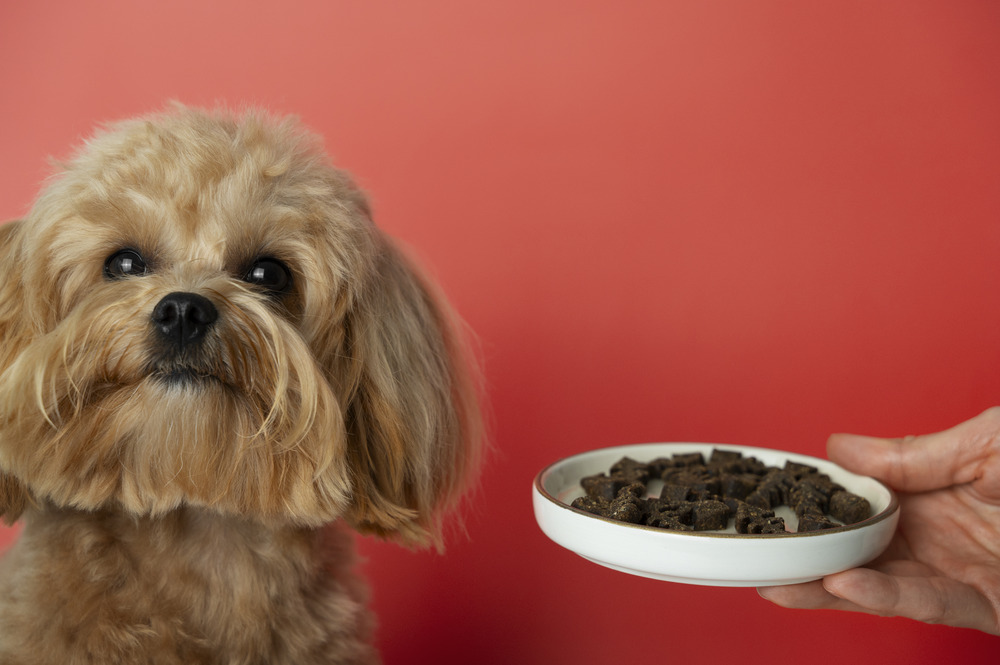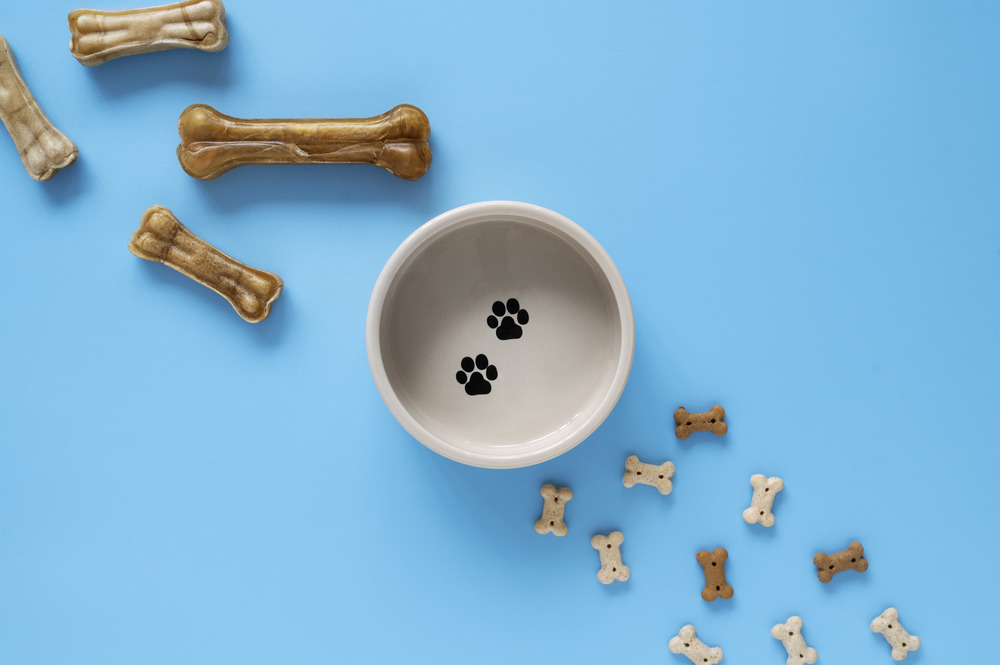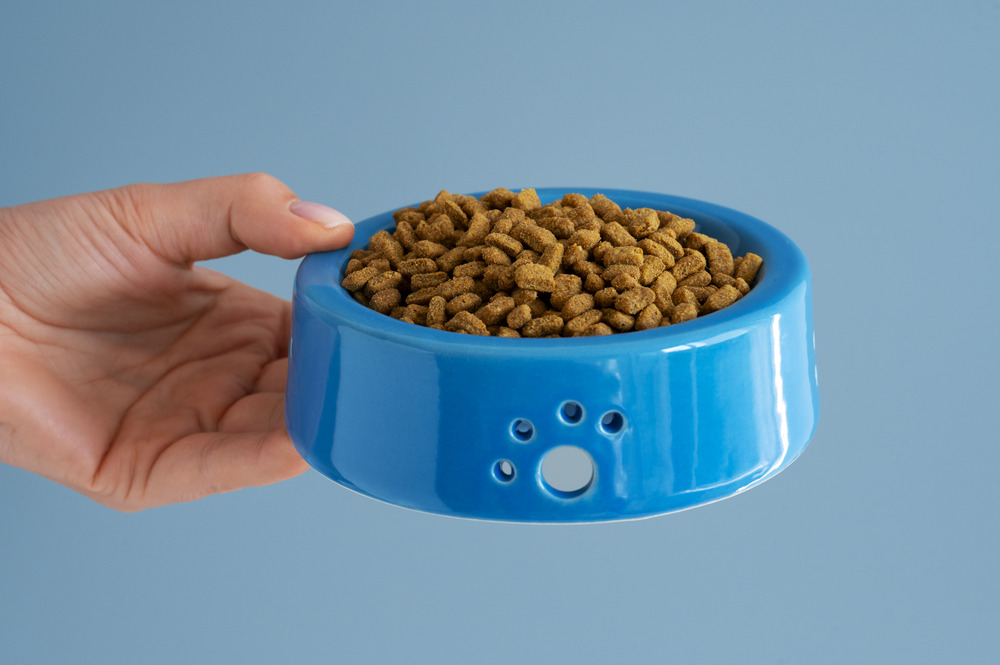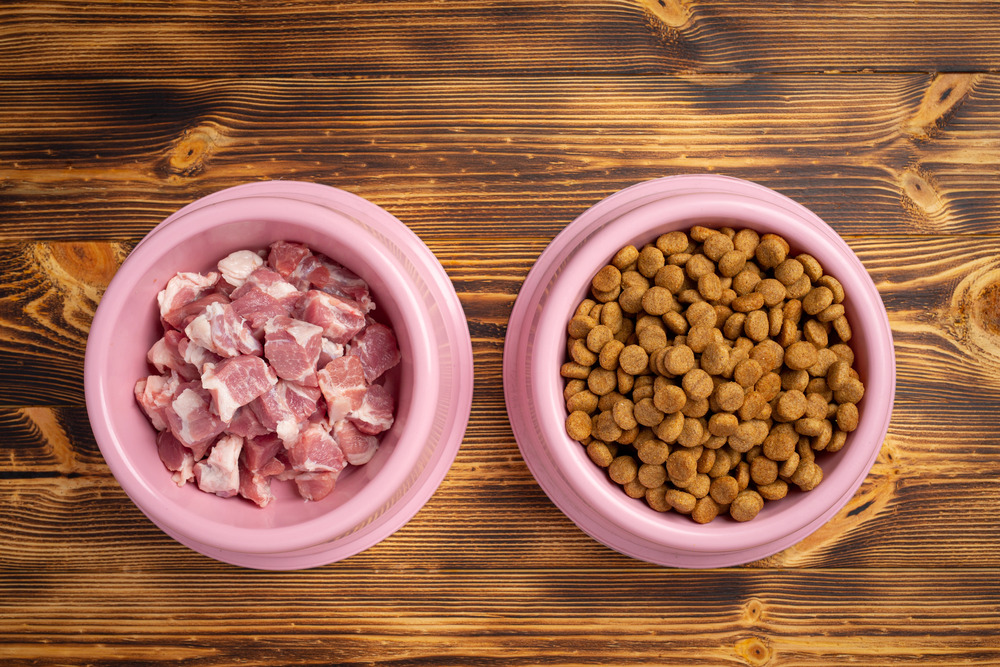As pet owners, we all want the best for our furry friends. One of the most critical aspects of pet care is nutrition, and understanding what goes into pet food is essential. With the growing awareness of pet health, many pet owners are becoming increasingly concerned about the additives found in commercial pet food. In this blog, we will explore common additives, their purposes, and whether they pose any risks to our pets. 🐾

Understanding Pet Food Additives
Pet food additives can be classified into several categories, including preservatives, flavor enhancers, colorings, and nutritional supplements. While some additives are necessary for maintaining the quality and safety of pet food, others may raise concerns regarding their long-term effects on pet health.
Common Additives and Their Functions
Here’s a breakdown of some common additives found in pet food, along with their functions and potential risks:
| Additive | Function | Potential Risks |
|---|---|---|
| BHA (Butylated Hydroxyanisole) | Preservative | Possible carcinogen; linked to cancer in lab animals. 🦠 |
| Ethoxyquin | Preservative | May cause liver damage; banned in some countries. 🚫 |
| Propylene Glycol | Humectant | Can be toxic in large amounts; linked to kidney issues. 💧 |
| Artificial Colors | Aesthetic appeal | No nutritional value; may cause allergic reactions. 🎨 |
| Omega-3 Fatty Acids | Nutritional supplement | Generally safe; supports heart and joint health. 🐟 |
| Taurine | Nutritional supplement | Essential for cats; deficiency can lead to serious health issues. 🐱 |
The Debate Over Additives
The safety of pet food additives is a hot topic among pet owners and veterinarians alike. While some additives are deemed safe and necessary, others are controversial. For instance, BHA and ethoxyquin have been linked to health issues in animals, leading many pet owners to seek out natural or organic alternatives.
According to a survey conducted by the American Pet Products Association (APPA), approximately 67% of pet owners are concerned about the ingredients in their pet's food. This statistic highlights the growing demand for transparency in pet food labeling.
The Rise of Natural Pet Foods
In response to these concerns, the market for natural and organic pet foods has surged. A report by Grand View Research indicates that the global organic pet food market is expected to reach $24.92 billion by 2025, growing at a compound annual growth rate (CAGR) of 9.2%. This shift reflects a broader trend towards healthier, more sustainable food options for pets.
Popular Natural Pet Food Brands
Here are some popular brands that focus on natural ingredients and minimal additives:
| Brand | Key Features | Price Range (per 30 lbs) |
|---|---|---|
| Blue Buffalo | Grain-free, no artificial additives | $50 - $70 |
| Wellness Core | High protein, natural ingredients | $55 - $75 |
| Orijen | Biologically appropriate, fresh ingredients | $80 - $100 |
| Merrick | Whole foods, no fillers | $60 - $80 |
These brands have gained popularity among pet owners who prioritize their pets' health and well-being.
Making Informed Choices
When selecting pet food, it’s crucial to read labels carefully. Look for products that list whole ingredients and avoid those with artificial additives. Websites like PetMD and The Association of American Feed Control Officials (AAFCO) provide valuable resources for understanding pet food ingredients and regulations.
Tips for Choosing the Right Pet Food
- Research Brands: Look for brands with a good reputation and transparency about their ingredients.
- Check for Certifications: Certifications from organizations like AAFCO can indicate that the food meets certain nutritional standards.
- Consult Your Veterinarian: Always discuss dietary changes with your vet, especially if your pet has specific health concerns.
Conclusion
Understanding the additives in pet food is essential for making informed choices about your pet's diet. While some additives are safe and necessary, others may pose risks that warrant caution. As the demand for natural pet foods continues to rise, pet owners have more options than ever to ensure their furry companions receive the best nutrition possible. 🐶
By staying informed and vigilant, you can help ensure that your pet enjoys a long, healthy life filled with happiness and vitality. Remember, a well-fed pet is a happy pet! 🐕❤️




